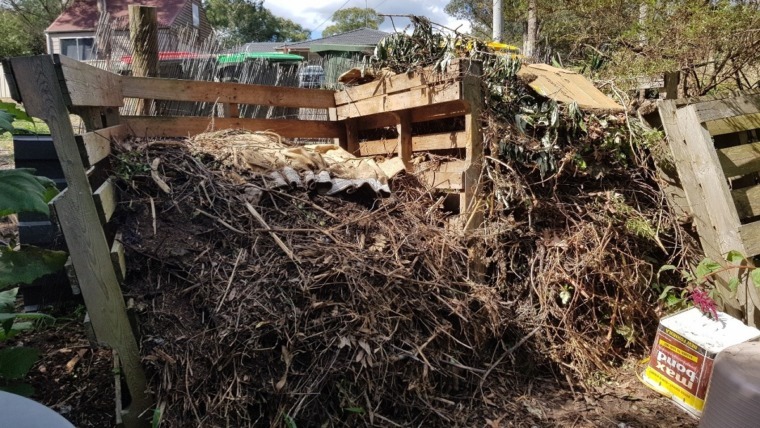
Written by Ahmad Fraij
Each home has many equipment and appliances that consume energy and therefore, we need to learn how to use them efficiently to reduce their energy consumption and our energy bills and in the same time protect the environment by reducing the CO2 emissions.
Since we have many appliances at home, I will talk about these appliances in a number of articles starting this issue. In this issue, we will talk about how to save energy for the cooling, heating and refrigeration appliances.
Heating & Cooling
- Dress for the season first. If a jumper can warm you up in winter without the need to turn on the heater, then do that. Likewise, rug up when you go to sleep to warm yourself without the need of turning the heater on overnight.
- Keep the thermostat temperature setpoint between 24 to 26°C in summer and between 19 to 21°C in winter. If you run the air conditioning units overnight in summer, then set the temperature in the thermostat at 27°C. Likewise, if you run your heater overnight in winter, then set the temperature in the thermostat at 18°C. The human body get comfort during sleeping at higher temperature in summer and lower temperature in winter. Typically, adjusting the temperature setpoint in the thermostat by 1°C will change the energy consumption of the heating or cooling equipment by 10% (Read our article that tests this rule of thumb by clicking here: ).
- Clean the filters of the air conditioning unit and the heater regularly. Dirty filters will increase the air conditioning unit energy consumption and the heater fan energy consumption.
- Turn on the air conditioning unit and the heater in the rooms that you are using most and turn them off in other rooms. Don’t forget to turn them off when you leave the house.
- Try to use the pedestal or ceiling fan instead of the air conditioning unit in summer as much as you can. For example, the pedestal fan power rate can be 45 W while the home air conditioning unit power rate can be in the range of 900 to 1700 W.
- Keep the windows and the doors closed when the air conditioning unit or heater is running.
- Cool your house naturally by opening your windows and blinds when the outside temperature drops specially in the mornings and evenings.
Refrigeration
- Keep the temperature setting in the fridge between 3 to 4°C and the freezer between -16 to -18°C for best performance and best energy efficiency.
- Check the seals of the fridge and the freezer to prevent the cold air escaping to the outside and replaced with warm air, which will increase the energy consumption of the fridge. You can check for bad seals by placing a $5 note in the fridge and freezer frame and if it slips, this means that the seal is not effective and needs to be replaced.
- Clean the back of the fridge and the freezer regularly to keep the heat dissipating efficiently from the condenser coils.
- Put the fridge and the freezer in a ventilated space and not under the direct sunlight.
Save Energy at Home Save Energy at Home Save Energy at Home



